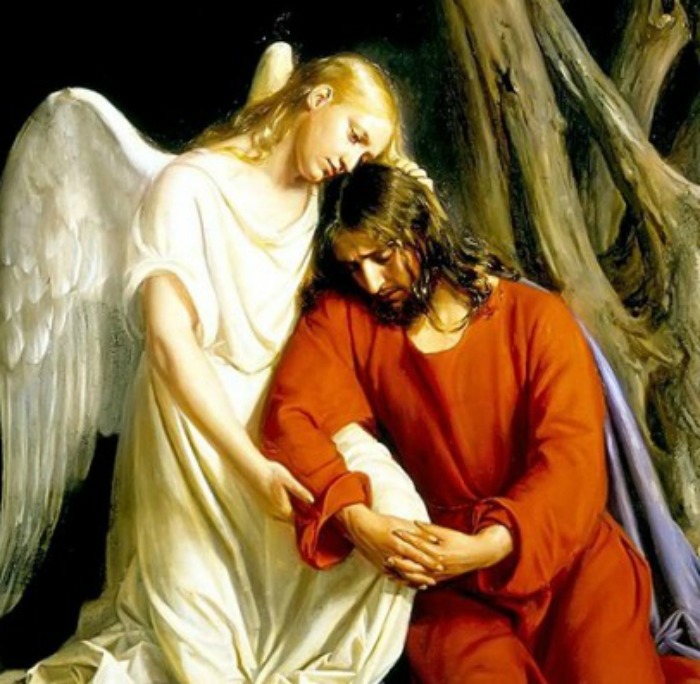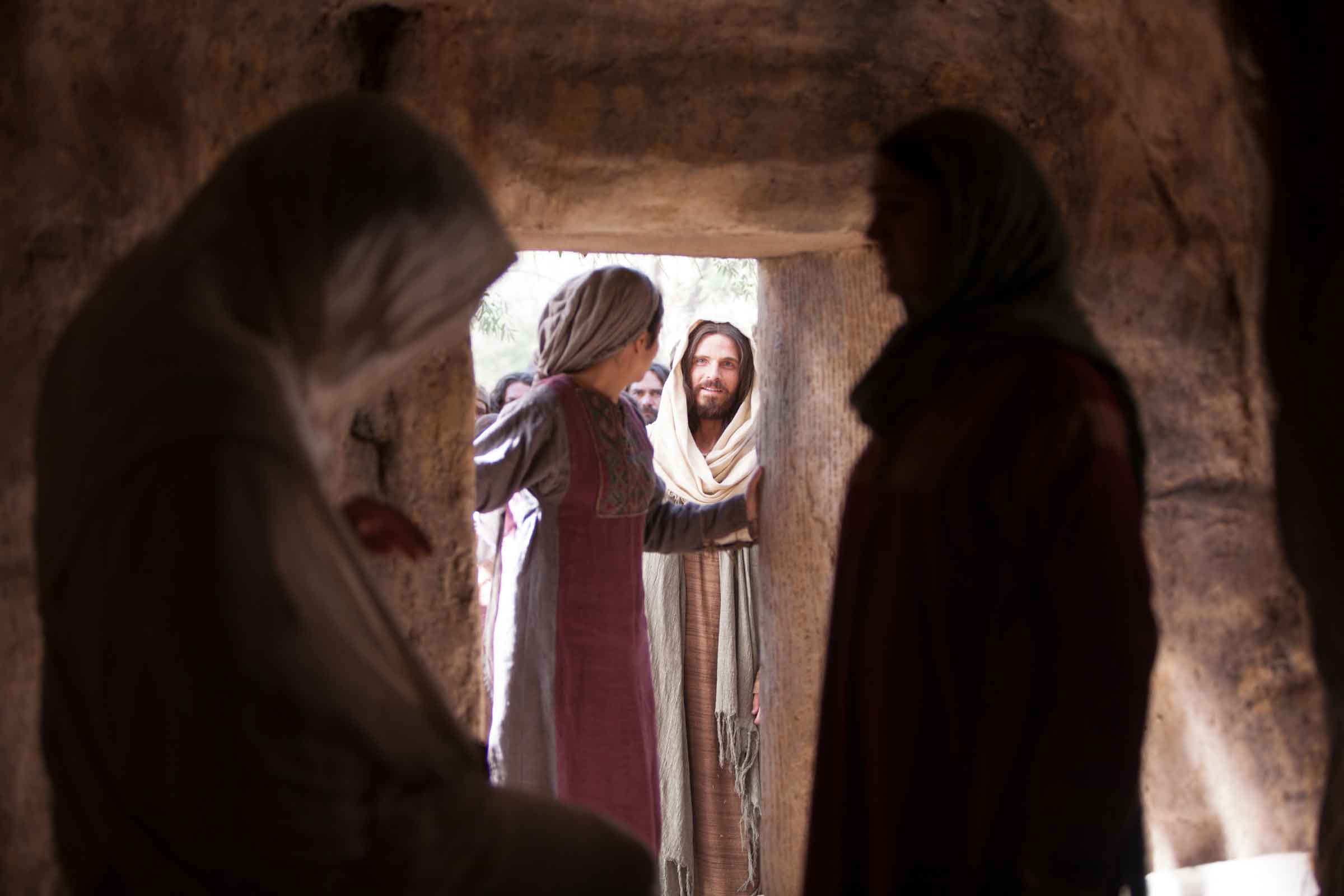

Regarding this, Alfred Edersheim, in his nineteenth century classic The Life and Times of Jesus the Messiah, wrote: “Their fundamental tendency was quite other than that of Pharisaism, and strongly tinged with Eastern elements.” Because of this the Essenes had always maintained some form of contact and interchange with India–a fact that galled their fellow Israelites. The Egyptian Mysteries were themselves derived from the religion of India: Sanatana Dharma, the Eternal Religion. For this reason he could not be Pharaoh, but he could be put into the position usually given to the second son. Although Moses was the only son of the Pharaoh’s daughter, he was adopted and his bloodline was not known. It was common in Egypt for the eldest son of the Pharaoh to inherit the throne, and the next eldest son to be made the head of the Egyptian religion. Their purpose was to follow a totally esoteric religious philosophy and practice that was derived from the Egyptian Mysteries.Īs the grandson of the Pharaoh, Moses had been an initiate of those mysteries and destined to ultimately become the head of the Egyptian religion. Isaiah and Saint John the Baptist were also Masters of the Essenes. From that time many of the Essenes began living in communities. The prophet Jeremiah was a Master of the Essenes, and it was in his lifetime that they ceased to be a secret society and became a public entity. For the Essenes averred that Moses had created them as a secret fraternity within Judaism, with Aaron and his descendants at their head. Their claims about their very existence was certainly a controversial matter.
#Ask gramps did jesus travel to india pdf
Also available a free PDF download from our E-Library and as an ebook and paperback from Amazon internationally, or other online bookstores.

When Jesus said “I will build my church” (Matthew 16:18), the word used in the Greek text of the Gospels is ecclesia, which literally means “the called out” or “the separated” in the sense of “the aliens.” It is not far-fetched, then, to wonder if the correct translation should not be: “I will establish My Essenes.” Many elements distinguished and even separated the Essenes from the rest of Israel. Jesus of Nazareth was an Essene, as were most of his followers, including the twelve Apostles. But that they were incongruent (even incompatible) to the normal life of Israel at that time is certainly known. They were the Essenes, whose very name means “the Outsiders.” (“Essene” is the Greek equivalent of the Hebrew Chitsonim–“the outsiders.” Since Philo and other Jewish historians used “Essene” in writing about them, that has become the common usage.) Whether they chose this name for themselves or whether it was applied to them by the disdainful Pharisees and Sadducees is not known. There was also a third sect which both was and was not part of Judaism.

Today these two groups might be compared with the Orthodox and the Reformed branches of Judaism respectively. The Sadducees, on the other hand, were very little concerned with any of these and tended toward a kind of genteel agnosticism. The Pharisees were extremely concerned with strict external observance of their interpretation of the Mosaic Law, ritual worship, and theology. Scroll down for videos describing stories from The Christ of India Essene roots of ChristianityĪt the time of Jesus of Nazareth there were two major currents or sects within Judaism: the Pharisees and the Sadducees.


 0 kommentar(er)
0 kommentar(er)
